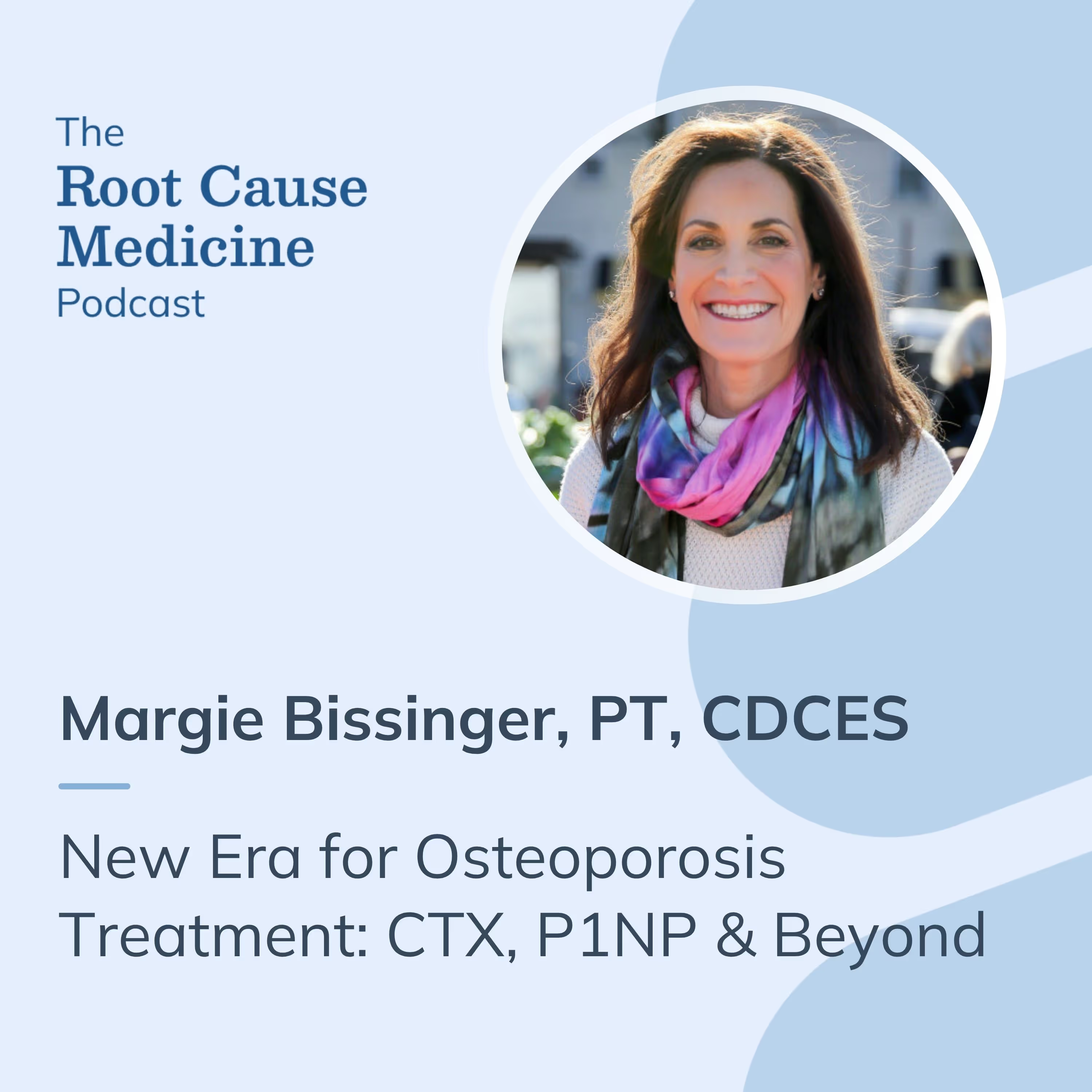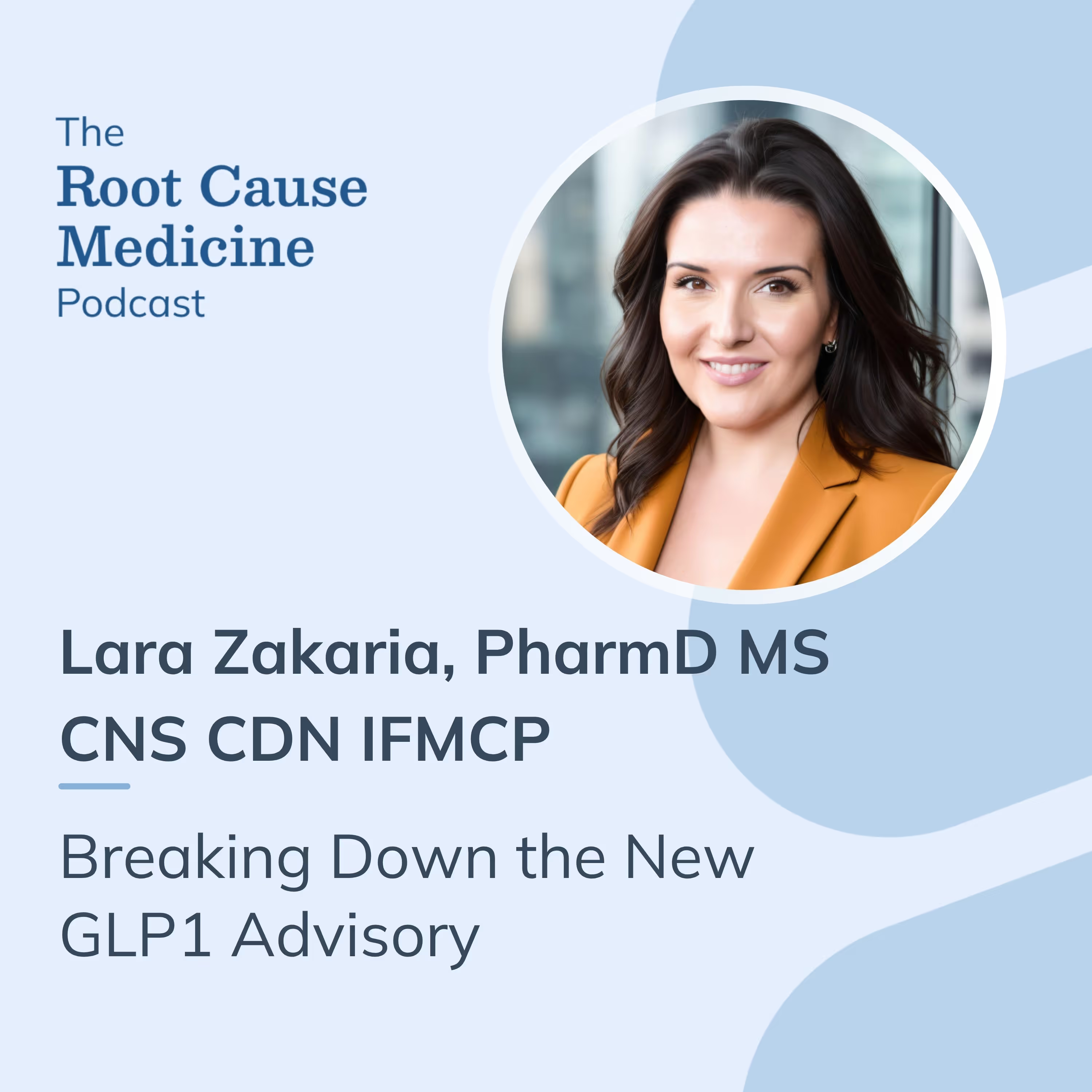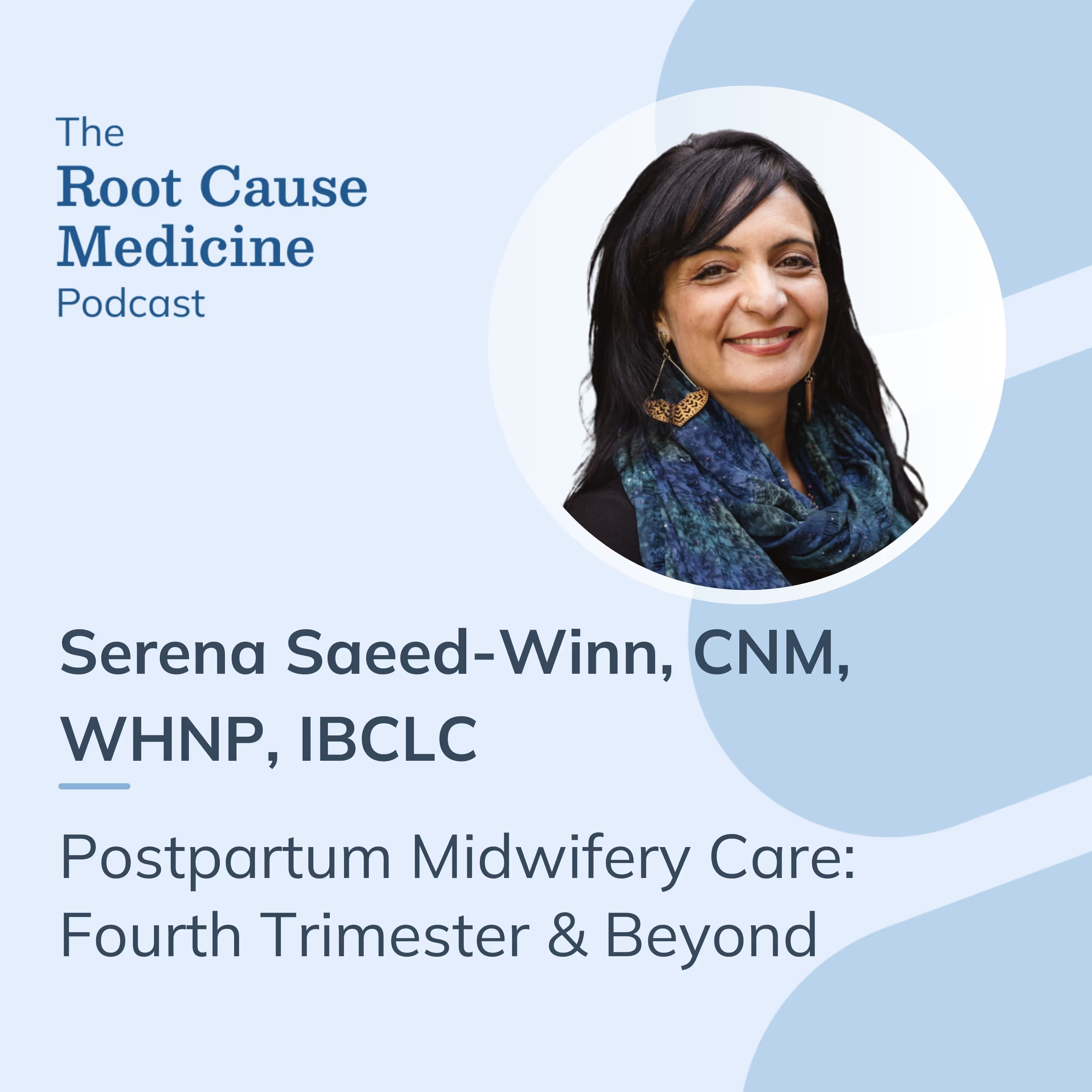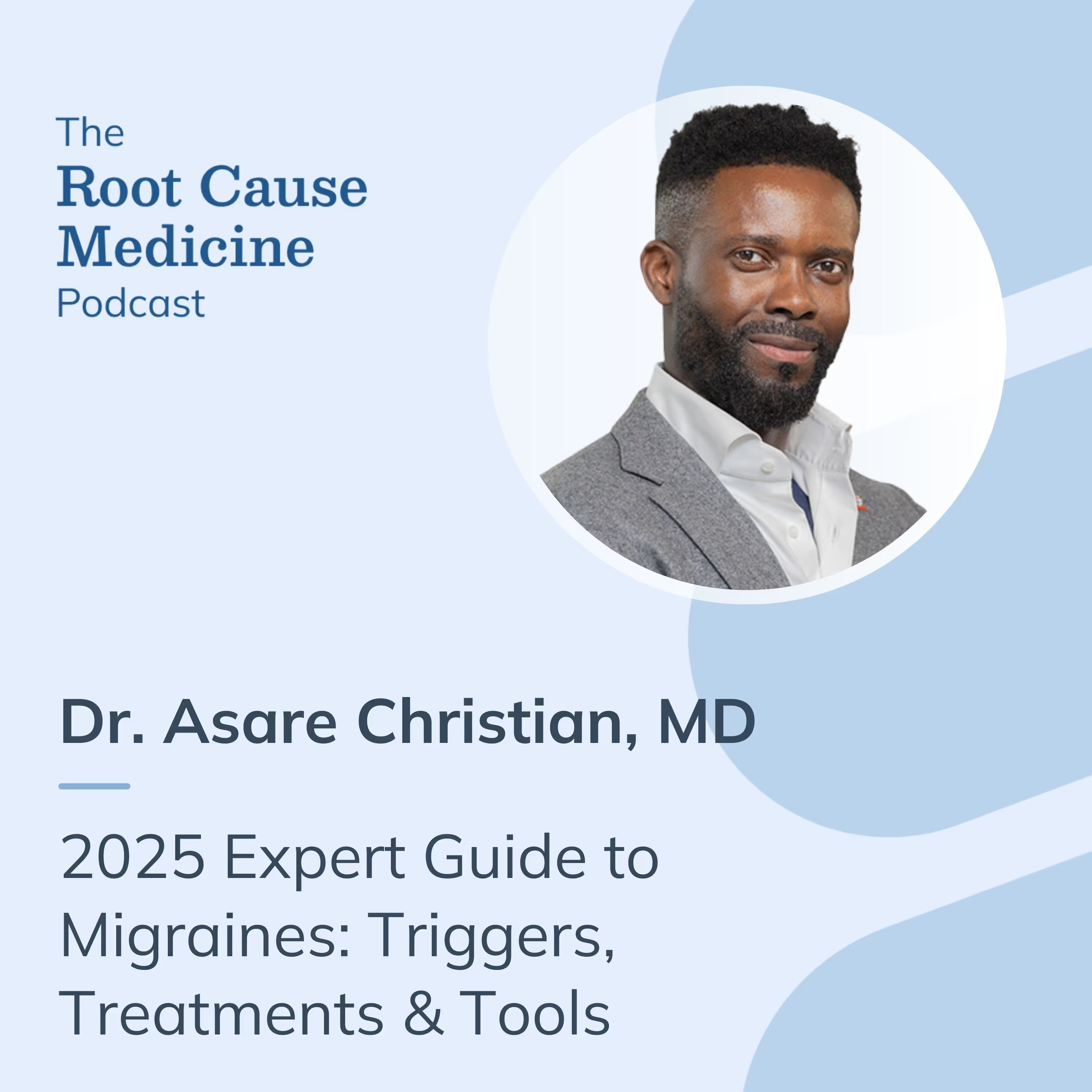Swallowing is something most people do without thinking twice, but every year, one to two people out of every 100 will visit their doctor for a sore throat. Even though 1-2% might sound small, when you consider the total number of visits across the country, it adds up to approximately 12 million doctor appointments for sore throat alone.
Odynophagia, or painful swallowing, can be a symptom of conditions ranging from minor infections that can be managed at home to more severe diseases requiring professional care. Understanding its causes and when to consult a doctor helps guide the best treatment decisions.
[signup]
Understanding the Symptoms
Odynophagia is a pain in the mouth, throat, or upper chest when swallowing. The severity of pain can vary from mild to severe, and the quality of pain may be described as dull, burning, aching, sharp, or stabbing.
Common Signs Associated With Pain While Swallowing
Depending on the cause and duration of pain, odynophagia may be accompanied by the following physical symptoms:
- Changes to the voice, such as hoarseness
- Chest pain or heartburn
- Cough
- Difficulty swallowing (dysphagia)
- Unintended weight loss due to reduced food intake
If an infection is causing your sore throat, you may notice other associated systemic symptoms like:
- Fever
- Fatigue
- Swollen lymph nodes
- Body aches
- Chills
- Runny or stuffy nose
Causes of Throat Pain
There are many reasons why you might experience pain when swallowing. These are some of the possible causes:
Pharyngitis
Pharyngitis is a fancy term to describe inflammation that causes a sore throat. A viral or bacterial infection most commonly causes it.
As many as 80% of sore throats are caused by viral infections. The most common viral pathogens include:
- Rhinovirus ("common cold")
- Influenza ("flu")
- Adenovirus
Bacterial infections tend to cause more severe pharyngitis. The most common type of bacterial throat infection is strep throat, caused by group A Streptococcus (GAS) bacteria.
Tonsillitis
Tonsillitis is inflammation of the tonsils – the two round, fleshy masses in the back of your throat. Like pharyngitis, infection is the usual culprit of tonsillitis:
- Viral Infections: adenovirus, influenza, and Epstein-Barr virus (EBV)
- Bacterial Infections: Streptococcus pyogenes
Peritonsillar Abscess
A peritonsillar abscess is a swollen pocket of pus near one of the tonsils. It most commonly affects children, teens, and young adults as a possible complication of bacterial tonsillitis. If it goes untreated, a peritonsillar abscess can grow large enough to block the throat, making it difficult to swallow, speak, and breathe. The infection can also spread to other parts of the body.
Gastroesophageal Reflux Disease (GERD)
GERD occurs when stomach acid travels backward ("refluxes") into the esophagus, causing irritation and inflammation (esophagitis). Chronic exposure to stomach acid can erode, ulcerate, and narrow the esophagus, leading to more serious health complications.
Eosinophilic Esophagitis (EoE)
EoE is a chronic, immune-mediated condition of the esophagus, characterized by an increased number of eosinophils (a type of white blood cell) in the esophageal lining.
Subacute Thyroiditis
Subacute thyroiditis, also called De Quervain's thyroiditis, is a self-limiting inflammatory condition of the thyroid gland that may occur after being sick with a viral infection, including:
- Coxsackievirus A and B
- Echovirus
- Mumps
- Measles
- Influenza
- SARS-CoV-2
In addition to pain and swelling of the thyroid gland, which may make it difficult and painful to swallow, subacute thyroiditis is also characterized by a predictable change in thyroid hormone production (a hyperthyroid phase followed by a hypothyroid phase) before normal thyroid health and function is restored.
Crohn's Disease
Crohn's is an inflammatory bowel disease (IBD) in which the immune system can attack any part of the digestive tract, causing chronic inflammation and damage to the intestines.
It's rare for Crohn's disease to affect the esophagus, but esophageal involvement has been reported in up to 6.8% of adults and 17.6% of children who have the disease.
Esophageal Cancer
Esophageal cancer is a rare type of cancer, affecting 4 in every 100,000 Americans. It occurs when cancerous cells in the esophagus begin to grow, multiply, and form a tumor. As the cancer grows, it can block the esophagus, causing pain and difficulty swallowing.
Diagnostic Approaches
Understanding the cause of painful swallowing requires careful evaluation, and doctors will use various methods to diagnose the underlying condition.
Self-Assessment Tools
Asking yourself questions can help you to understand your symptoms better:
- How long have I been experiencing pain when swallowing?
- How severe is the pain, and does it worsen with certain foods or liquids?
- Am I able to eat and drink normally, or does the pain make it difficult to consume meals?
- Have I noticed other symptoms like fever, cough, or swollen glands?
- Have I recently been around anyone who is sick?
- Have I experienced any changes in my voice?
- Do I have any underlying conditions, like acid reflux or allergies, that could be affecting my throat?
- Is the pain accompanied by difficulty breathing or any chest discomfort?
Certain answers to self-assessment questions should prompt you to schedule a doctor's appointment, such as:
- Finding that the pain worsens over time despite trying at-home remedies
- Experiencing a persistent fever or chills
- Noticing significant swelling in your neck or lymph nodes
- Observing persistent hoarseness, voice changes, or unusual symptoms like blood in your saliva
Medical Diagnostics
When in doubt, it's always best to schedule an appointment with your doctor for a thorough medical workup:
- Physical Exam: A doctor will often start by taking your vitals and asking about your medical history. They will inspect the throat and neck for redness, swelling, or white spots.
- Lab Tests: If a physical exam isn't enough to diagnose the problem, your doctor may order certain tests, such as a complete blood count (CBC) or a throat culture, to look for signs of infection/inflammation and check for certain types of organisms in the throat that can cause infection.
- Imaging: A barium swallow is an X-ray test where you drink a liquid containing barium, which coats your throat and esophagus to make them visible on the X-ray. This test helps doctors detect abnormalities like narrowings or blockages that might be causing your swallowing difficulties.
- Endoscopy: An upper endoscopy is a procedure in which a thin tube with a camera is inserted down the throat to allow doctors to examine, and sometimes biopsy, the upper digestive tract. It is commonly used to diagnose diseases like GERD, EoE, and cancer.
Treatment Options and Remedies
Treatment for throat pain depends on its cause. While mild cases may resolve with home remedies, more serious conditions may require medical intervention.
At-Home Remedies for Mild Discomfort
If your throat pain is mild and not accompanied by worrying symptoms, there are several straightforward at-home remedies you can try to soothe irritation and support your body's natural healing process.
- Warm Saltwater Gargles: Doctors often recommend gargling with warm saltwater (mix 1/2 teaspoon of salt into one cup of warm water) to alleviate sore throat symptoms. Research suggests that this helps people recover faster from infectious symptoms. Saltwater can loosen mucus, reduce inflammation, and help kill the infection causing a sore throat.
- Staying Hydrated: Drinking hot drinks, such as broth or tea, soothes a sore throat by increasing blood flow, thinning mucus, helping clear irritants and excess mucus from your throat, and stimulating saliva production, all of which reduce irritation and discomfort.
- Herbal Therapies: Herbs like deglycyrrhizinated licorice (DGL) and marshmallow root contain mucilage, which supports and soothes the digestive tract's protective lining. Always consult with a healthcare provider before using herbal supplements, especially if you have preexisting medical conditions or are taking other medications.
Medical Treatments for Severe Causes
When home remedies no longer bring relief and your symptoms become severe or persistent, it's time to explore medical treatments.
Appropriate medical intervention will vary depending on the cause of painful swallowing but may include:
- Analgesics: Medications like ibuprofen and acetaminophen may be recommended to alleviate the symptoms of infectious sore throat, such as pain and fever.
- Antibiotics: Antibiotics treat bacterial infections like strep throat.
- Acid Reducers: Antacids, H2 blockers, or proton pump inhibitors (PPIs) can help reduce acid reflux and promote tissue healing to alleviate the discomfort associated with GERD and esophagitis.
- Surgical Interventions: In cases of serious conditions like peritonsillar abscesses or cancer, surgery may be required to remove the affected tissue or drain the abscess.
When to Seek Medical Attention
Most cases of throat pain are not serious and should resolve on their own in about one week. However, some symptoms indicate that you should skip the supportive care plan and see a doctor instead.
Red Flags and Emergency Symptoms
- Pain that lasts more than a week or gets worse
- Swelling in the neck or jaw that doesn't go away
- Difficulty breathing, speaking, or eating
- Dehydration
- Unintentional weight loss
- Fever higher than 103 F in adults or 102 F in infants
Long-Term Health Risks of Ignoring Symptoms
Ignoring throat pain, especially if it lasts for weeks, can lead to complications:
- If throat pain interferes with normal eating and drinking patterns, it can lead to dehydration and nutrient deficiencies.
- Untreated infections can spread to other body parts, cause abscesses, or damage the surrounding tissues.
- Chronic inflammation in the throat, such as that caused by GERD, can lead to precancerous changes in the cells that line the esophagus, increasing the risk of cancer.
- Untreated cancer may progress to more advanced stages and spread to distant parts of the body, making treatment more difficult.
[signup]
Key Takeaways
- Pain with swallowing, or odynophagia, can stem from many different causes, ranging from common viral infections to serious conditions like cancer.
- While throat pain can be caused by conditions that need medical attention, many cases resolve on their own. It's always best to consult a healthcare provider to ensure the correct course of action is being followed.
- Home remedies can be effective at reducing mild discomfort. If these are ineffective, medical interventions may be required to correct the symptom's underlying cause.
- If you're struggling with throat pain or difficulty swallowing, don't wait. If throat pain is severe, lasts longer than expected, or is accompanied by concerning symptoms, contact a doctor today.












%201.svg)






